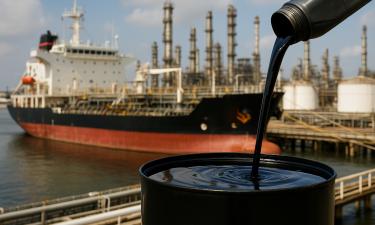Scientists say Indonesian mud volcano caused by drilling, not natural disaster
A mud volcano that inundated dozens of villages was probably triggered by commercial gas drilling, research published in a respected scientific journal shows, contradicting an Indonesian government minister who insists it was a natural disaster.

"It is very likely" that the mud flow in Sidoarjo, eastern Java, which has spewed a million barrels of mud a day for eight months, is manmade, four researchers say in the February issue of Geological Society of American's GSA Today.
Welfare Minister Aburizal Bakrie whose family controls the PT Lapindo Brantas drilling company at the center of the scandal has repeatedly claimed the geyser was sparked by a May 27 earthquake and that his company bears no financial liability.
But the British-based scientists believe drilling at a depth of more than 2 kilometers (1.3 miles) ruptured a highly pressurized pocket of hot gas and water which created fissures in a bed of porous limestone.
"Once initiated, the fractures would have propagated to the surface, driven by the deep pressure," it said.
"It would be highly coincidental for an earthquake-induced fracture to form 200 meters (yards) away from this well and provide the entire fracture network required for an eruption on the earth's surface," it says.
Since May, around 126,000 cubic meters (163,000 cubic yards) of sediment equal to around 50 Olympic swimming pools has gushed from the site. Around 11,000 people have been forced from their homes while 4 villages and 25 factories have been consumer by a 10-meter- (30 foot) layer of smelly gunk.
The weight of a containment dam cracked a natural gas pipeline underneath, killing 13 people, reports AP.
The government has said it will seek an initial US$420 million (Ђ320 million) in damages from Lapindo, including US$276 million (Ђ210 million) paid to the victims, by March 2007.
Subscribe to Pravda.Ru Telegram channel, Facebook, RSS!





